Idaho National Laboratory welcomes hundreds of college and graduate interns every year.
In the competitive field of scientific research, externally funded internship programs have emerged as vital sources of funding support. One example is the Department of Energy Office of Science, which plays a key role in attracting college and graduate students to contribute to the future energy workforce.
Eva Homberger, a mechanical engineering student at the University of Notre Dame in Indiana, was one of the externally funded interns of the Science Undergraduate Laboratory Internships (SULI), funded by Office of Workforce Development for Teachers and Scientists under DOE Office of Science, who chose INL as her summer internship destination. The role INL plays in nuclear energy development, as well as the opportunity to explore the outdoors, were decisive factors in her choice. She appreciated the proximity to national parks and other wildlife refuges.
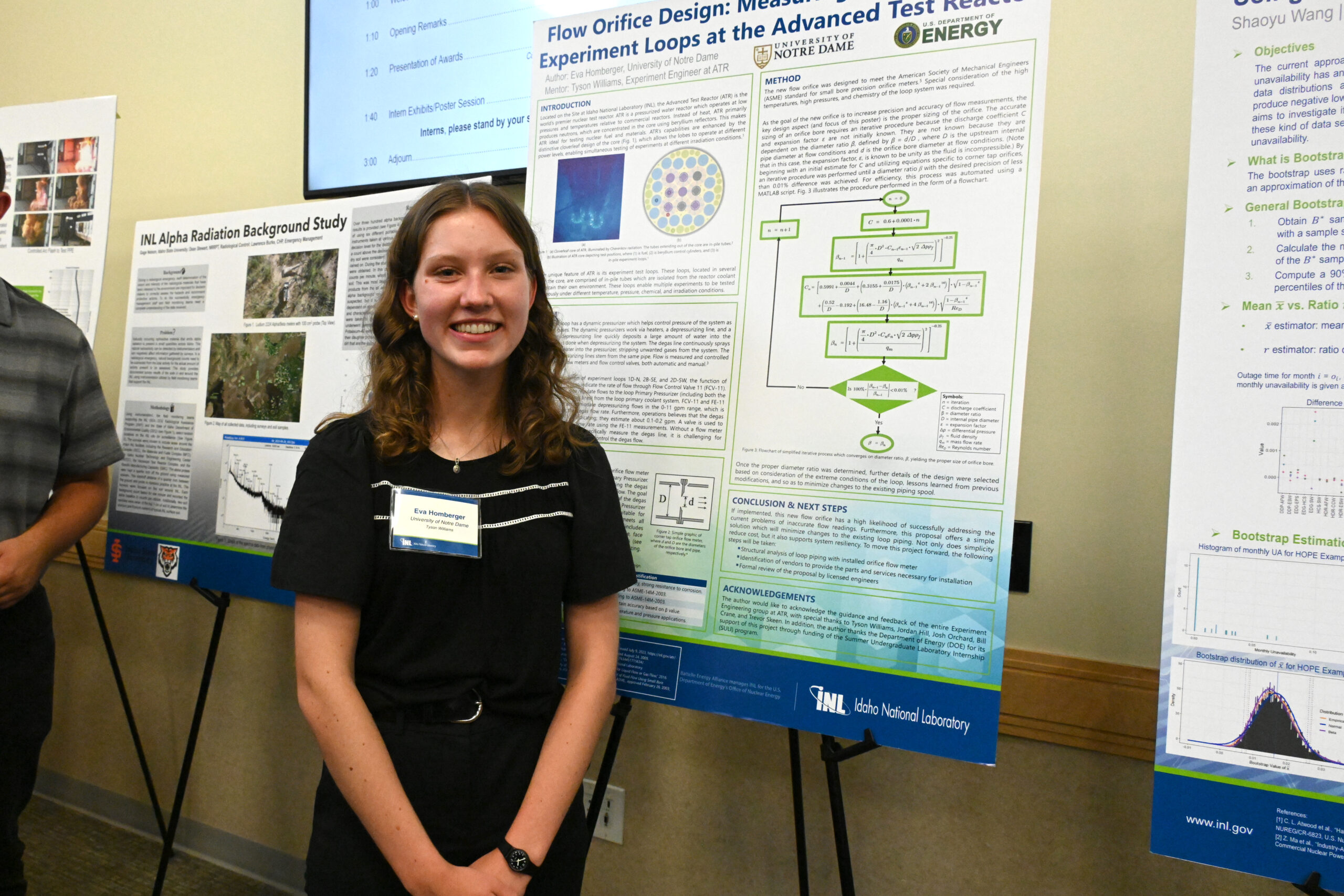
“I first heard about the SULI program from the energy organization (ND Energy) I am involved with at school. I was motivated to apply because I was interested in interning at a national lab and wanted to experience the unique setting,” Homberger said.
Homberger was awarded best poster in the nuclear operations category at the lab’s intern poster session for the project titled “Flow Orifice Design: Measuring Degas Flow of Experiment Loops at the Advanced Test Reactor.”
“The poster session was a nice way to conclude the summer program and celebrate all the interns’ achievements,” said Homberger, who transitioned to a full-time internship at the lab.
Interns hosted at INL
INL hosted 116 externally funded interns during fiscal year 2023. Currently, the lab has a cohort of 75 externally funded interns, with more expected to join in the summer. Since 2014, INL has hosted over 2,500 interns, with around 600 being externally funded, primarily through Office of Science programs or university funding. Approximately 7% of externally funded interns transitioned to regular hires or were rehired after completing their studies. Between 2014 and 2023, 382 interns were converted to full-time employees.
For over 60 years, the Department of Energy has provided training opportunities for scientists, engineers, and technical professionals to address the challenges in energy, national security and the environment.
The Cost-Effective Advantage
When budgets are scrutinized, these externally funded internship programs stand out as models of efficiency. Students and international researchers can also be funded through different agencies or directly funded by their universities.
For Tyson Williams, ATR experiment engineer and Homberger’s mentor, besides the benefits of cost savings for the lab, SULI has additional deliverable requirements that helped him and his two interns stay focused on and accountable for the research being performed. “Being aware of external requirements could continually provide INL with lessons learned on how to improve our relationship with internally funded interns to help them get more out of their internships,” Williams said.
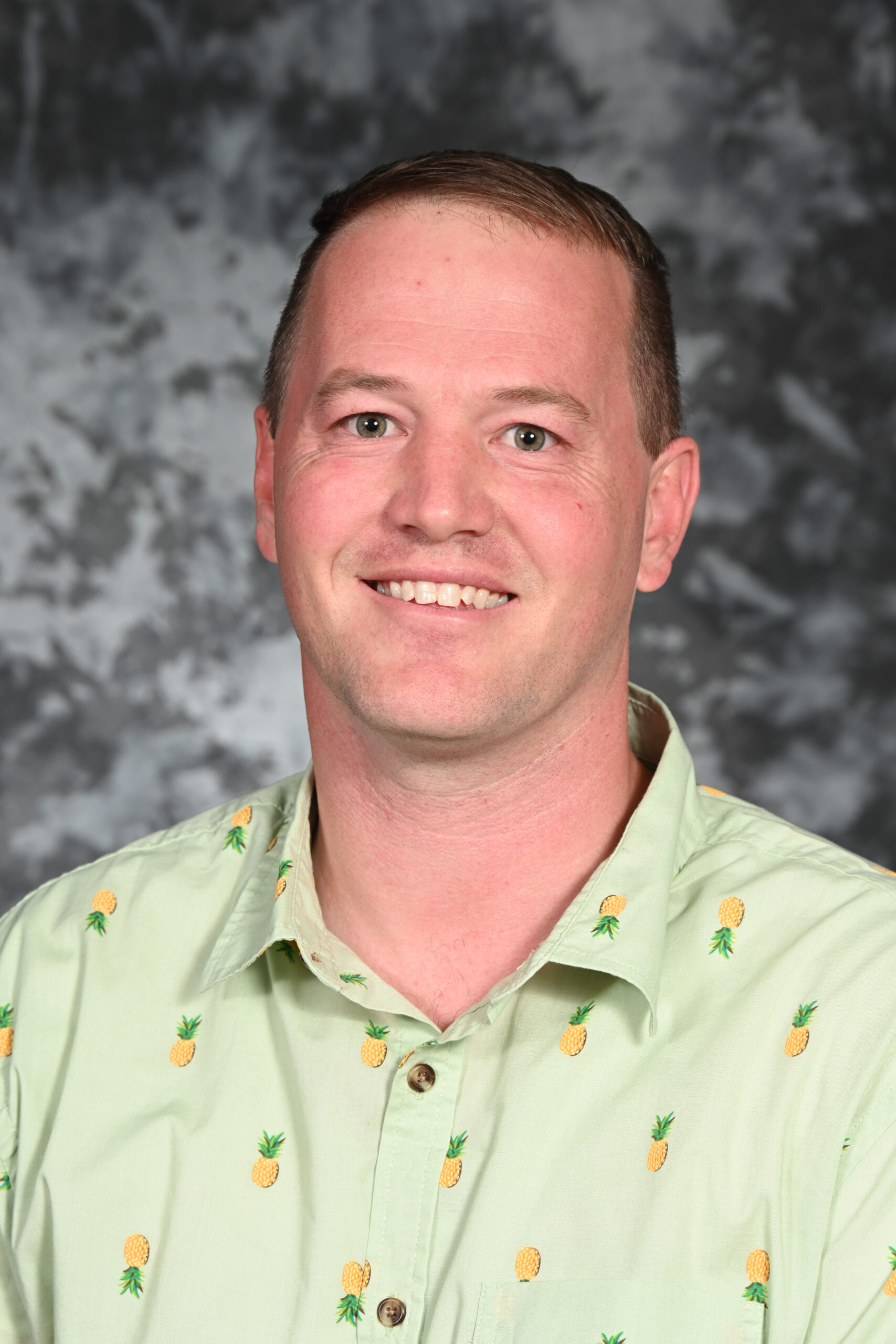
Catherine Riddle, a distinguished research scientist and mentor, cherishes spending her summer with interns. She emphasizes the energy and passion for science students bring, elements that can sometimes be overlooked in our daily work life. “My interns from the SULI program have been amazing, and as this program is a service to mentors who do not have funds to pay for summer internships like me, it is often the only way a project can afford undergraduate students,” Riddle said. “These programs benefit both mentor and intern, offering insights into future career paths. Interns evaluate potential fits within the lab, while mentors assess their suitability for both summer projects and long-term research collaboration.”

Preparing the Workforce
Students acquire practical knowledge that prepares them for the demands of their future careers. Brenna Carbno, former SULI intern at INL and a current full-time nuclear engineer, and Aaron Adams, a visiting faculty program member who became an INL joint appointee, are great examples of how these programs help build the future energy workforce.
Carbno started as a SULI intern before transitioning to an internally funded internship. “For the first two and a half years of my internship, I had help from my mentors and other colleagues. Honestly, I don’t think I would be working at INL right now without the support of my mentors,” Carbno said. She transitioned from intern to a full-time employee in March 2023, when she concluded her master’s degree in nuclear engineering at Idaho State University. She now works in the Irradiation Experiment Neutronics Analysis group and started her doctorate degree in nuclear engineering at ISU.
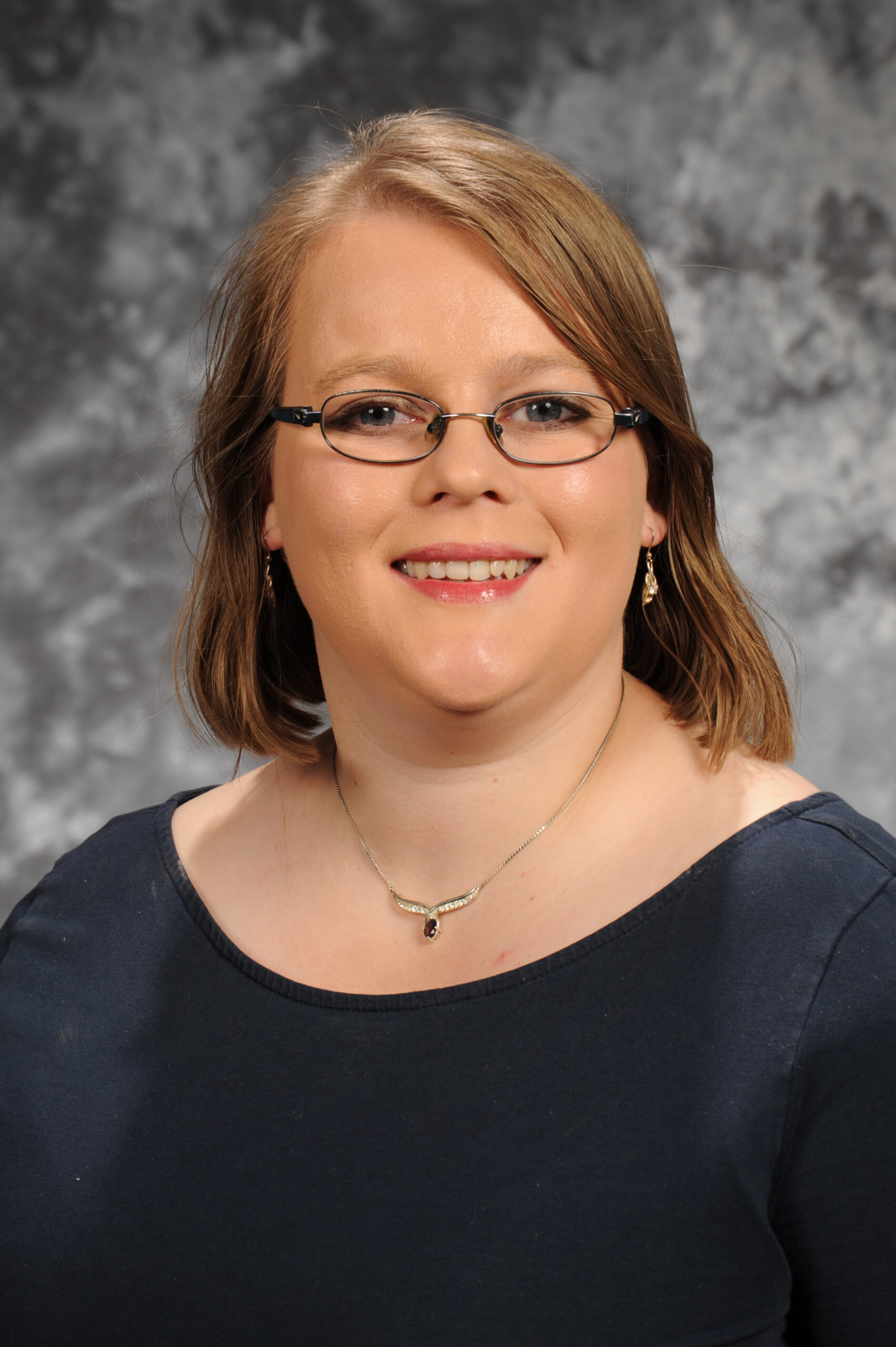
Adams, an associate professor at Alabama A&M University, is an example of the Office of Science Visiting Faculty Program. His collaboration with the lab last summer helped him expand his work to a joint appointment. “The next steps for me with the joint appointment involve submitting proposals and publishing research and education papers to peer-reviewed journals,” Adams said.
He said integrating INL scientists as mentors to groups of seniors in his mechanical engineering capstone design course provided access to state-of-the-art facilities, collaboration with industry professionals and experts, and real-world engineering projects and challenges. This collaboration has significantly improved students’ learning outcomes, better preparing them for careers in industry and graduate school. The collaboration stemmed from his participation in the lab’s Visiting Faculty Program.
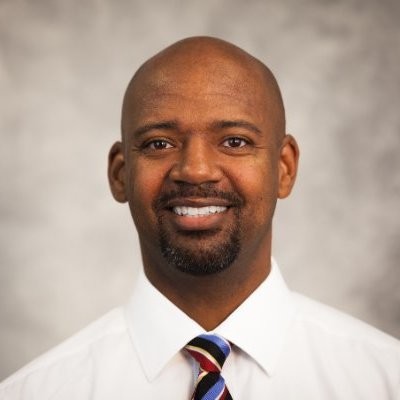
“The university recruiting team is passionate about connecting students with opportunities at INL and working with dedicated mentors on impactful projects,” said Ali Josephson, university recruiting manager. She said this is done by educating students on Battelle Energy Alliance internships and other externally funded avenues such as the Office of Science core internship programs. The team hosts information sessions virtually and in person, shares information at career fairs and university visits and produces social media posts to keep students aware of available programs.
Nurturing Relationships with Funding Agencies
Beyond their impact on talent development, externally funded internship programs improve relationships with funding agencies. “Collaborating with these sponsors enhances the credibility and reputation of national laboratories. It demonstrates a commitment to excellence and innovation, attracting top talents, and establishes a dynamic ecosystem of research and development,” said Giselle Sandi-Tapia, acting director of National University Programs and director of Research Excellence.
Diversity and Inclusion: Minority Serving Institutions Partnership Programs (MSIPP)
Boopathy Kombaiah, a materials scientist and experienced mentor, is an advocate of externally funded internship programs that offer qualified interns for laboratory research outside budgetary allocation. “Programs like MSIPP greatly helped my Office of Science project by increasing the research output without costing it, ” Kombaiah said. “In this manner, EFI programs support INL’s goals of minimizing research publication expenses and nurturing a workforce for nuclear energy solutions.”
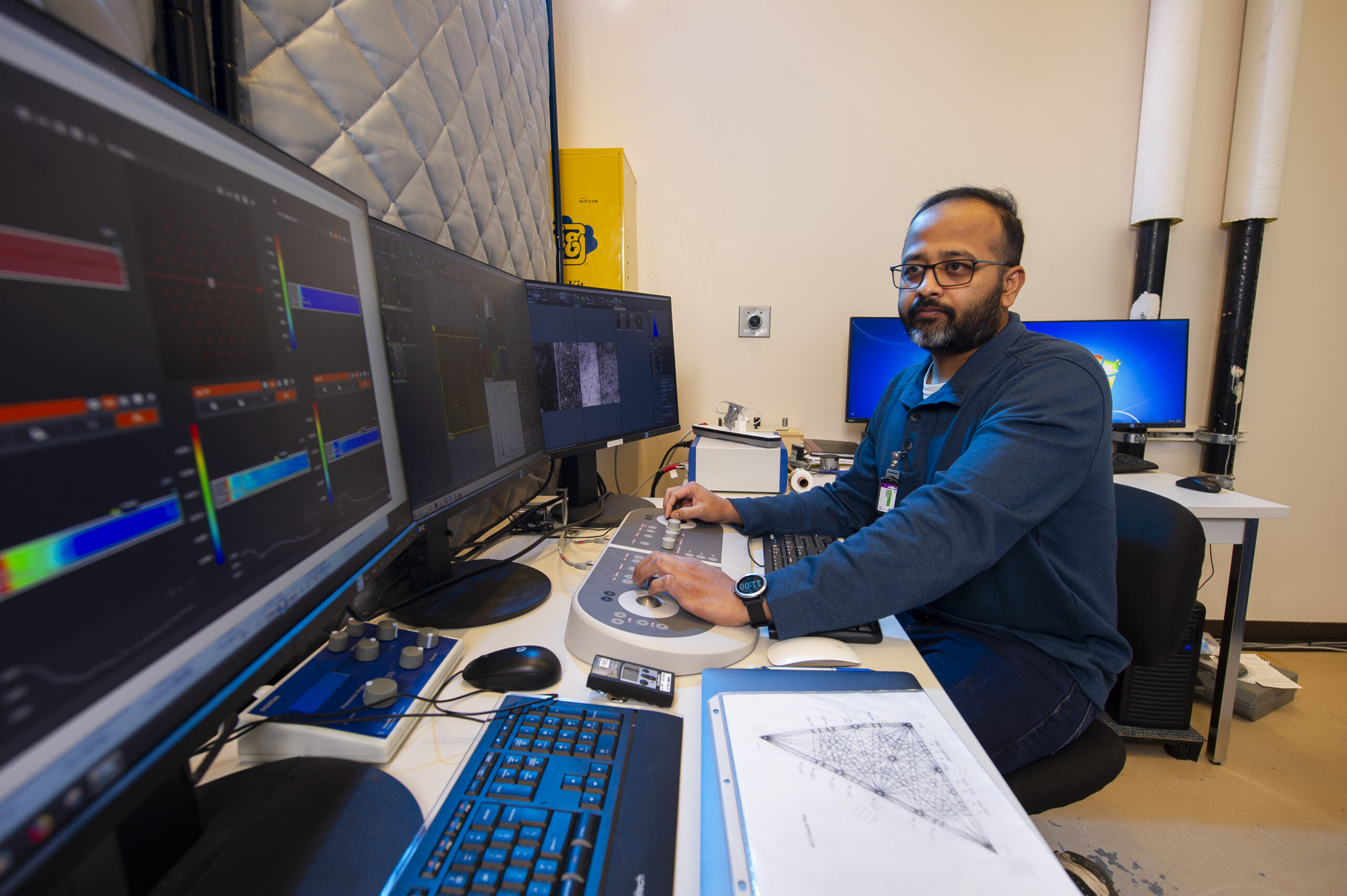
INL hosted dozens of MSIPP interns and the numbers are growing due to the close relationship with minority-serving institutions. Minority-serving institutions include historically black colleges and universities, Hispanic-serving institutions, tribal colleges and universities, and Asian American and Pacific Islander-serving institutions.
The U.S. Department of Energy Office of Environmental Management has invested millions of dollars in workforce training for internships to postdoctoral fellowships. They recruit to fill numerous vacancies with college graduates, early-career professionals, mid-career candidates and seasoned veterans. The open positions offer opportunities across many disciplines including engineering, science, business, management, safety and information technology.
Externally funded internship programs are important for their role in developing talent, cost-effectiveness, fostering innovation, building collaborative networks, and preparing the next generation of scientists for the challenges of the future. Mentors and managers have this funded workforce to help with their research projects and are encouraged to find their externally funded interns.
Contacts: [email protected], [email protected]





